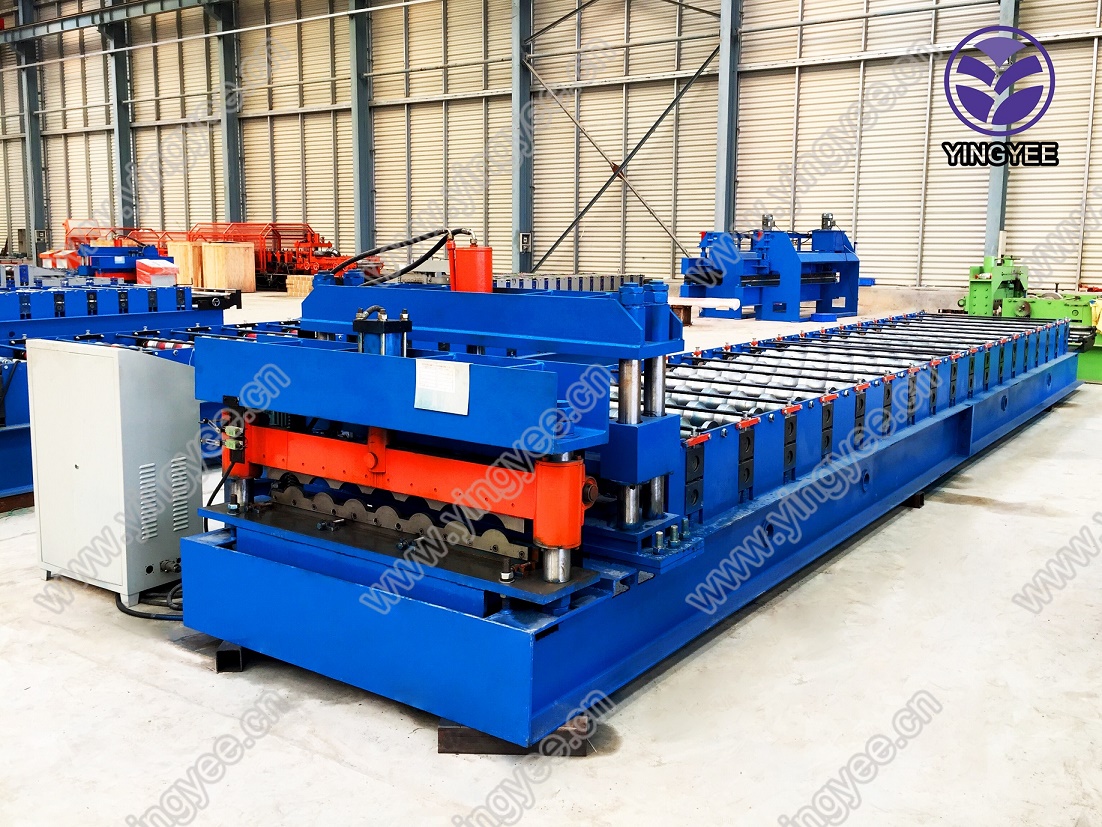
The Multi-Axle Fender Cold Bending Machine Revolutionizing Automotive Manufacturing
In the fast-paced world of automotive manufacturing, efficiency, precision, and versatility are paramount. One towering innovation that has made significant strides in this realm is the multi-axle fender cold bending machine. This advanced machinery not only enhances productivity but also ensures the final products meet stringent quality standards. In this article, we will delve into the intricacies of this sophisticated machine, explore its features, benefits, and the transformative impact it has on the automotive industry.
The Functionality of Multi-Axle Fender Cold Bending Machines
At its core, a multi-axle fender cold bending machine is designed to create various fender shapes and designs that are essential components of modern vehicles. These machines work by employing a series of rollers and dies to bend metal sheets into precise angles and curves without the need for heat. Cold bending processes minimize material stress and enhance the structural integrity of the components, resulting in fenders that are not only aesthetically pleasing but also durable.
The term multi-axle refers to the machine's ability to work on multiple axes simultaneously. This feature allows for complex shapes and designs to be produced more efficiently than traditional methods. The ability to adjust bending angles dynamically means manufacturers can quickly switch between designs, making these machines exceptionally versatile in an industry that constantly demands innovation and adaptation.
Key Features of the Multi-Axle Fender Cold Bending Machine
1. Advanced Control Systems Modern multi-axle fender cold bending machines incorporate sophisticated control systems that utilize computer numerical control (CNC) technology. This automation allows for precise programming of bending parameters, ensuring consistent quality across production runs. Operators can easily adjust settings for different designs, streamlining the workflow.
2. Durable Construction The machines are built with robust materials that withstand the rigors of heavy production environments. High-quality rollers, dies, and frames ensure longevity and reliability, reducing downtime and maintenance costs.
3. High-Speed Production These machines are engineered for high-speed operations, allowing manufacturers to produce a larger volume of fenders within shorter timeframes. This increased productivity enables companies to meet market demands simultaneously while maintaining high-quality standards.
4. User-Friendly Interface Many modern machines come equipped with intuitive user interfaces that simplify operation, even for less experienced staff. This ease of use helps reduce the learning curve and increase operational efficiency.

Benefits to the Automotive Industry
The introduction of multi-axle fender cold bending machines has brought several significant benefits to the automotive manufacturing sector
1. Efficiency and Cost-Effectiveness With faster production cycles and reduced material waste, manufacturers can achieve a better return on investment. The ability to produce complex shapes with fewer steps means substantial savings in labor and overhead costs.
2. Enhanced Design Capabilities Automotive designers are no longer constrained by the limitations of traditional bending methods. The flexibility offered by multi-axle machines allows for more innovative and unique fender designs, catering to consumer preferences and market trends.
3. Improved Quality and Consistency The precision offered by CNC-controlled machines ensures that each fender produced maintains high standards of quality, reducing the amount of rework and scrap rates that were prevalent in older manufacturing methods.
4. Sustainability As the automotive industry moves towards more sustainable manufacturing practices, the cold bending process, which requires no heating, results in lower energy consumption. This aligns with the industry's goals of reducing environmental impact.
Conclusion
The multi-axle fender cold bending machine is a game-changer in the automotive manufacturing landscape. By enhancing efficiency, flexibility, and quality, it empowers manufacturers to meet the ever-evolving demands of the market. As technology continues to advance, the evolution of these machines is set to redefine the limits of design and manufacturing practices, ultimately leading to better vehicles that meet the needs of consumers worldwide. Embracing this technology not only positions manufacturers for success but also paves the way for a more innovative and sustainable automotive industry.